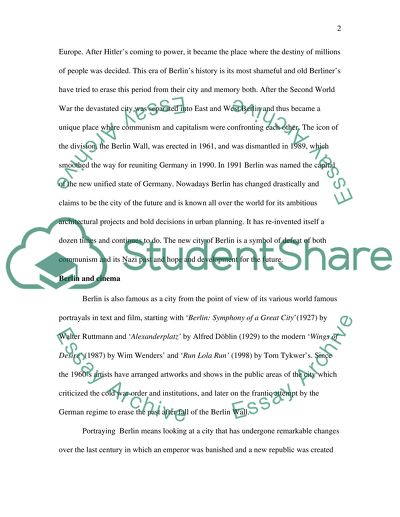Cite this document
(“Cinema & City Essay Example | Topics and Well Written Essays - 2500 words”, n.d.)
Cinema & City Essay Example | Topics and Well Written Essays - 2500 words. Retrieved from https://studentshare.org/history/1503540-cinema-city
Cinema & City Essay Example | Topics and Well Written Essays - 2500 words. Retrieved from https://studentshare.org/history/1503540-cinema-city
(Cinema & City Essay Example | Topics and Well Written Essays - 2500 Words)
Cinema & City Essay Example | Topics and Well Written Essays - 2500 Words. https://studentshare.org/history/1503540-cinema-city.
Cinema & City Essay Example | Topics and Well Written Essays - 2500 Words. https://studentshare.org/history/1503540-cinema-city.
“Cinema & City Essay Example | Topics and Well Written Essays - 2500 Words”, n.d. https://studentshare.org/history/1503540-cinema-city.


